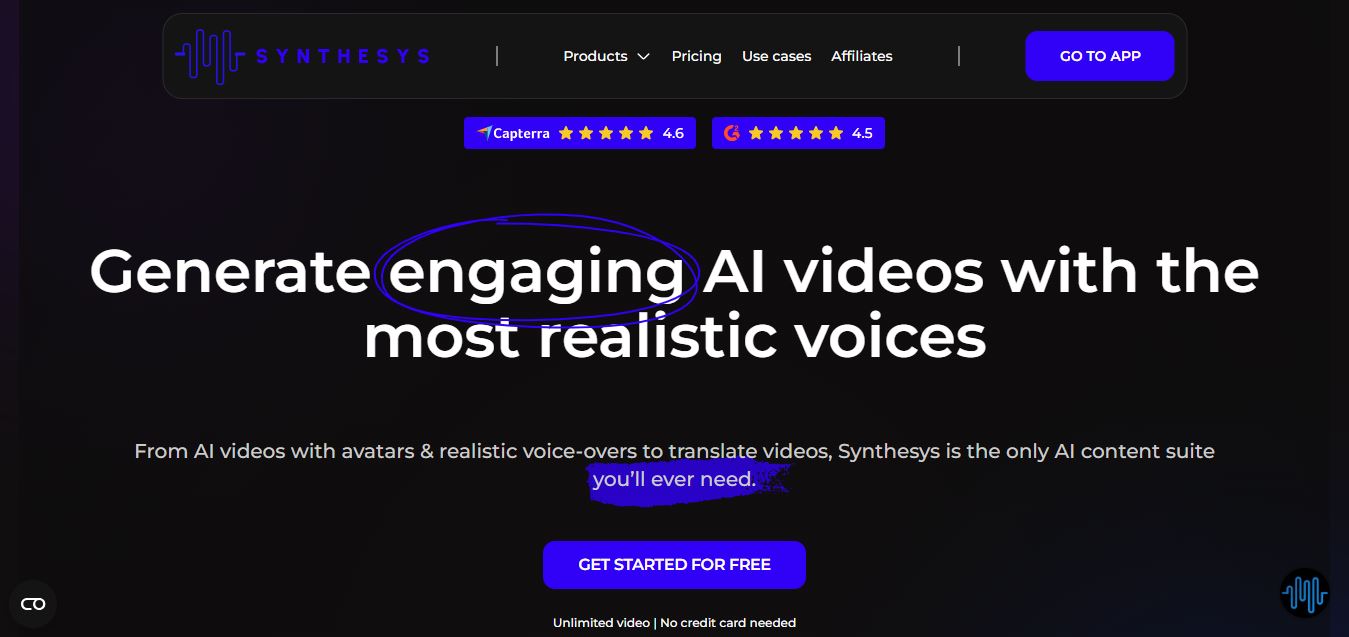What is Synthesis AI?
- Founder: Yashar Behzadi
- Launch/Key Milestones: Emerged publicly in 2021 with a seed round; raised $17 M Series A in 2022.
- Use Cases: Identity verification, virtual try-on, AR/VR/metaverse, driver & occupant monitoring, pedestrian detection, gesture & behavior analysis
- Technology: Combines generative neural networks, procedural CGI pipelines, 3D scene composition, and programmatic ground-truth annotation
Synthesis AI is an AI-powered security platform that enables developers and enterprises to bypass tedious, real-world data collection by generating synthetic human data, which is fully labeled to a high level of granularity. Using the Synthesis AI engine, developers will have the ability to control attributes such as pose, lighting, camera angle, clothing, environment, and identity demographics. Since the data is synthetic and privacy compliant, issues around licensing or personally identifiable information are removed from the use cases, and they allow the user easy and fast scaling of the dataset.
Synthesis AI speeds up training, validation, and edge-case coverage of perception systems with richly annotated images and 3D simulations. Synthesis AI's platform has been embraced by industries in AR/VR, metaverse building, biometric security, automotive driver and occupant sensing, and virtual try-on to achieve cost savings, increased diversity, and rapid iteration on computer vision models. In summary, Synthesis AI moves the emphasis from the logistics of sorting data to a model innovation focused on robust, bias-aware, privacy-respectful vision systems.











 Verified
Verified




